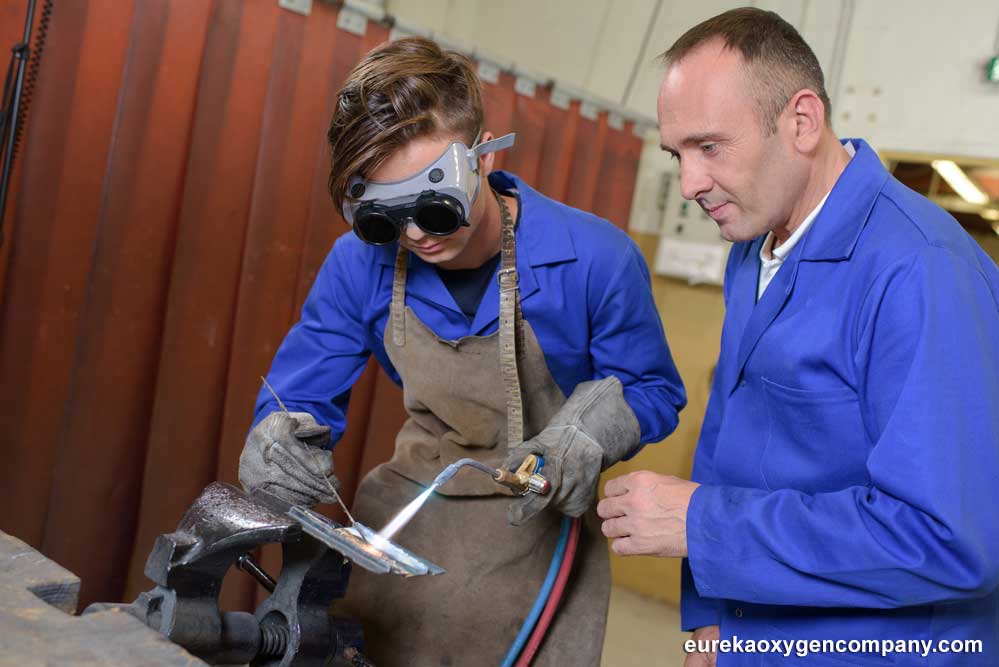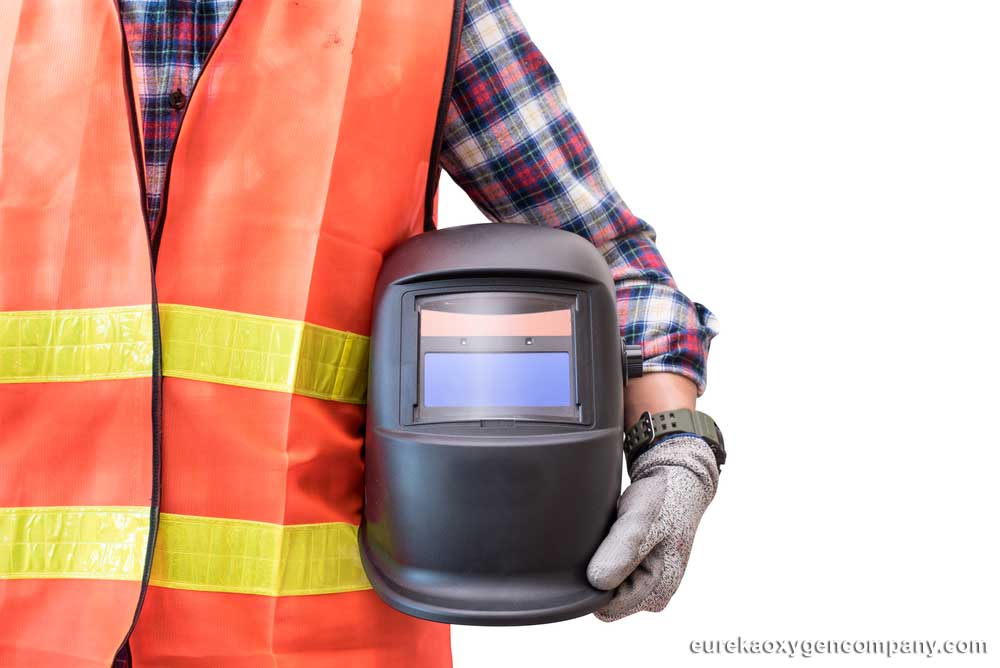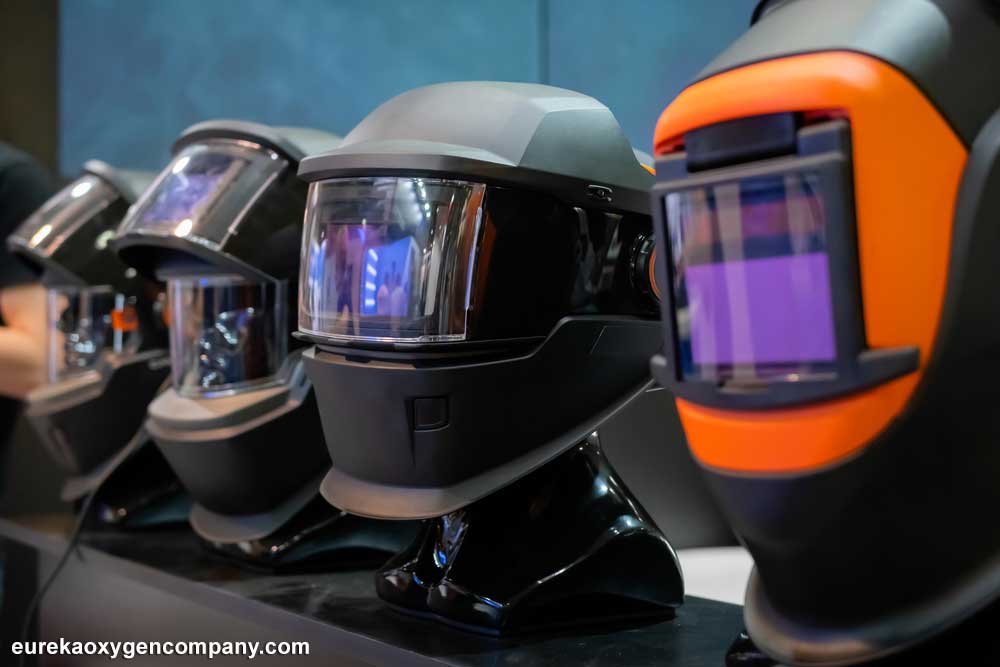Eye damage
Ideally, all sorts of welding techniques can produce potentially dangerous UV radiation, infrared radiation, and even visible spectrum radiation. UV radiation in particular is known to inflict arc eye or arc flash injuries, which while not permanent, can trigger a lot of pain, swelling, and tearing. On the other hand, there are some welding-related eye injuries that may prove to be untreatable and often culminate in permanent visual impairment.

Welding helmets 101
Welding helmets are headgears that welders are required to don when they engage in their duties. Typically, they provide protection against heat, UV radiation, infrared radiation, and flash burns to the face, eyes, and neck. This welding safety equipment is not only suitable for professional welders but hobbyist welders as well. Currently, the market is awash with diverse welding helmets, all of which have a set of pros and cons.

Passive welding helmets
This is a very common variety of welding helmets that offers a basic shade 10 eye protection. Worn in the upward position during the positioning of electrodes, guns, or torches, passive welding helmets are placed into position simply through quick snaps before the user strikes the arc. Passive helmets feature a number of benefits. To begin with, their lenses are crafted with UV and infrared coated, dark-tinted glass, offering tolerably adequate protection for such hazards. Also, they can provide rugged and pocket-friendly eye protection that can be appropriate for hobbyist welders.
Auto-darkening welding helmets
This variety of welding helmets is noted for being light reactive and offers advanced eye protection for welders. Basically, they feature a viewing lens whose shade can vary from shade 3 – 4 when they haven’t been activated to enable users to see through them. The moment their sensors detect arc starts, the lenses instantly darken to shade 8 – 13 in accordance with the kind of welding process the user performs or the amount of heat detected by the sensors.

Auto-darkening welding helmets advanced features
Some of the advanced features to be found in auto-darkening welding helmets include fixed or variable shade, variable viewing size (between 6 square inches to 9 square inches). Other features that may be customized in these products are “time of lens reaction” which is basically the duration of time needed to flip the shade from idle (shade 3 – 4) to active (shade 8 and above). Base level auto-darkening helmets are usually rated 1/3600 of a second, while the high-end industrial varieties are rated 1/20000 of a second. These products, like previously stated, come complete with a number of sensors, and the exact number varies along the price spectrum. Ideally, the base level sorts can have 2 sensors, while the industrial-grade products can have up to 4 sensors. Typically, the more sensors a helmet has, the better the coverage particularly in the context of working on out-of-position welds. Yet another common feature in auto-darkening welding helmets is sensitivity control that lets users customize the level of brightness which prompts the automatic darkening of the lens. There is also the customizable delay control that lets users set the suitable length of time the lens must remain darkened once the arc work is completed. This is critical in high amperage welding where molten metals often continue to emit hazardous radiations even when the weld has cooled down.
Eureka Oxygen is a first-rate provider of welding equipment including welding helmets, air compressor safety equipment, and other related welding supplies of unimpeachable quality.

